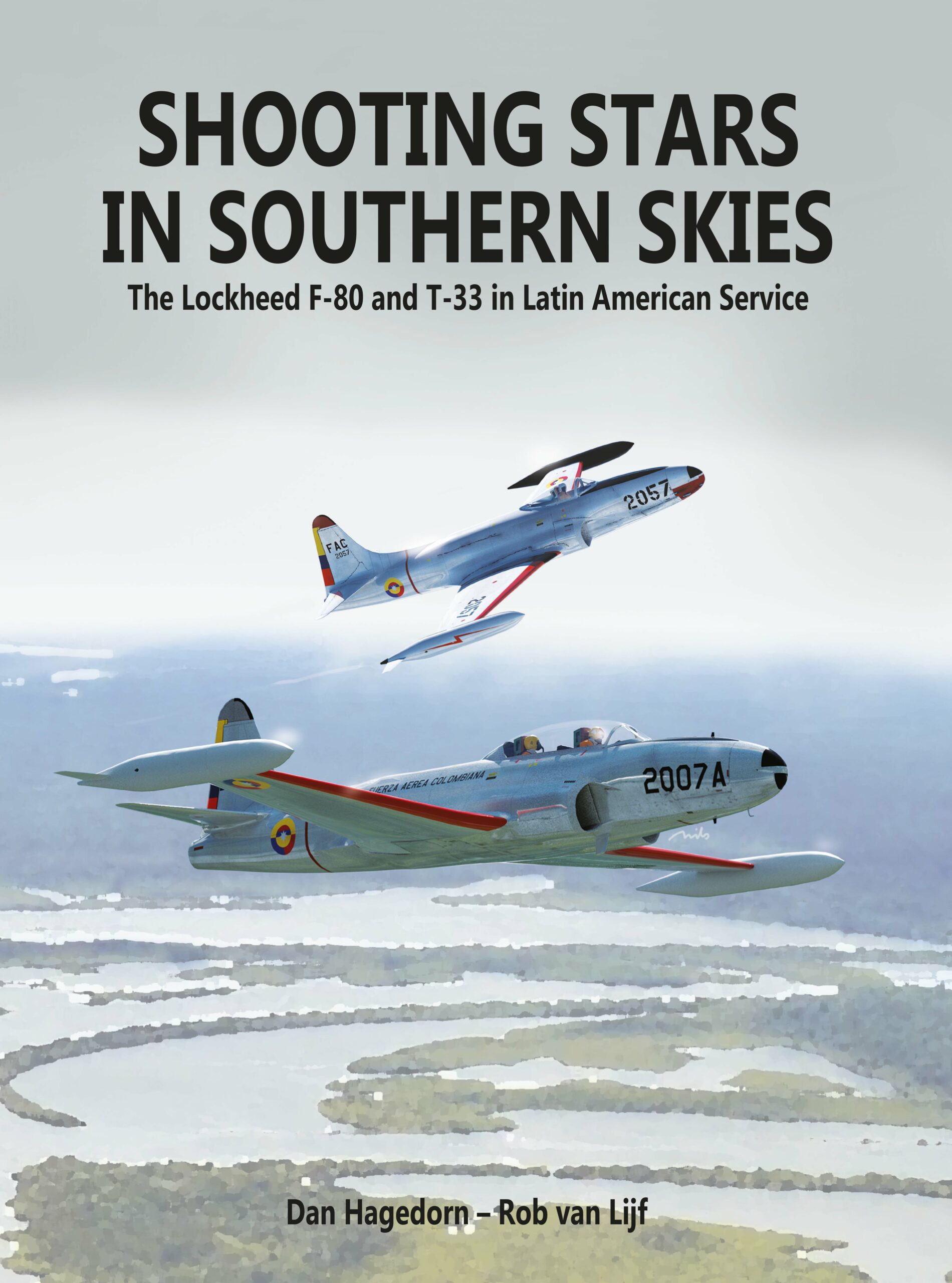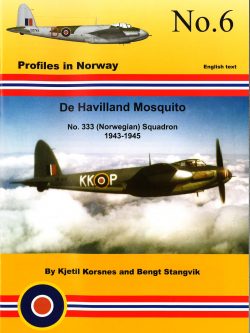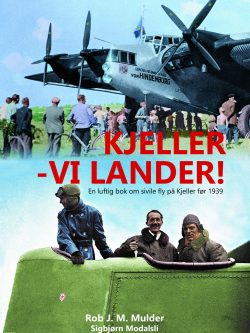While it is fair to say that the fabulously successful Lend-Lease Program of World War Two transformed military aviation in the region of the world known as Latin America, the bold decision by American leaders to provide nearly state-of-the-art jet trainers and fighter bombers to most of the same principal air arms commencing a scant eight years later was nothing less than sensational.
In retrospect, the introduction of initial, small packages of the exceptional T-33A jet trainer to not fewer than seven of the 21 traditional Latin American Republics, and accompanying United States Air Force Missions, resulted in not only the rapid modernization of those institutions, but a studied regional equalization of arms as a calculated biproduct.
Once the T-33’s had been assimilated, rehabilitated F-80C fighter bombers followed for the major players, these being highly prized by their recipients as unparalleled status symbols in a region where such tools of diplomacy and national stature were cause for celebration.
Eventually, all but six of those 21 nations operated T-33’s, with Argentina and Venezuela coming close, but opting instead for other platforms, choices which, in retrospect, have been the grist for many mills. But just as in the United States and elsewhere world-wide, the reliable, sturdy T-33’s long outlasted their F-80 brethren and, as most Latin American
operators soon came to realize, the “T-Birds” could do everything the F-80s could – and more.
Several books have examined the emergence of jet combat aircraft in Latin America, but have fallen short of describing, in detail, their genuine contributions and yes, combat operations. Here, for the first time, is a coherent, authoritative and muy simpatico look back at these wonderful aeroplanes.





